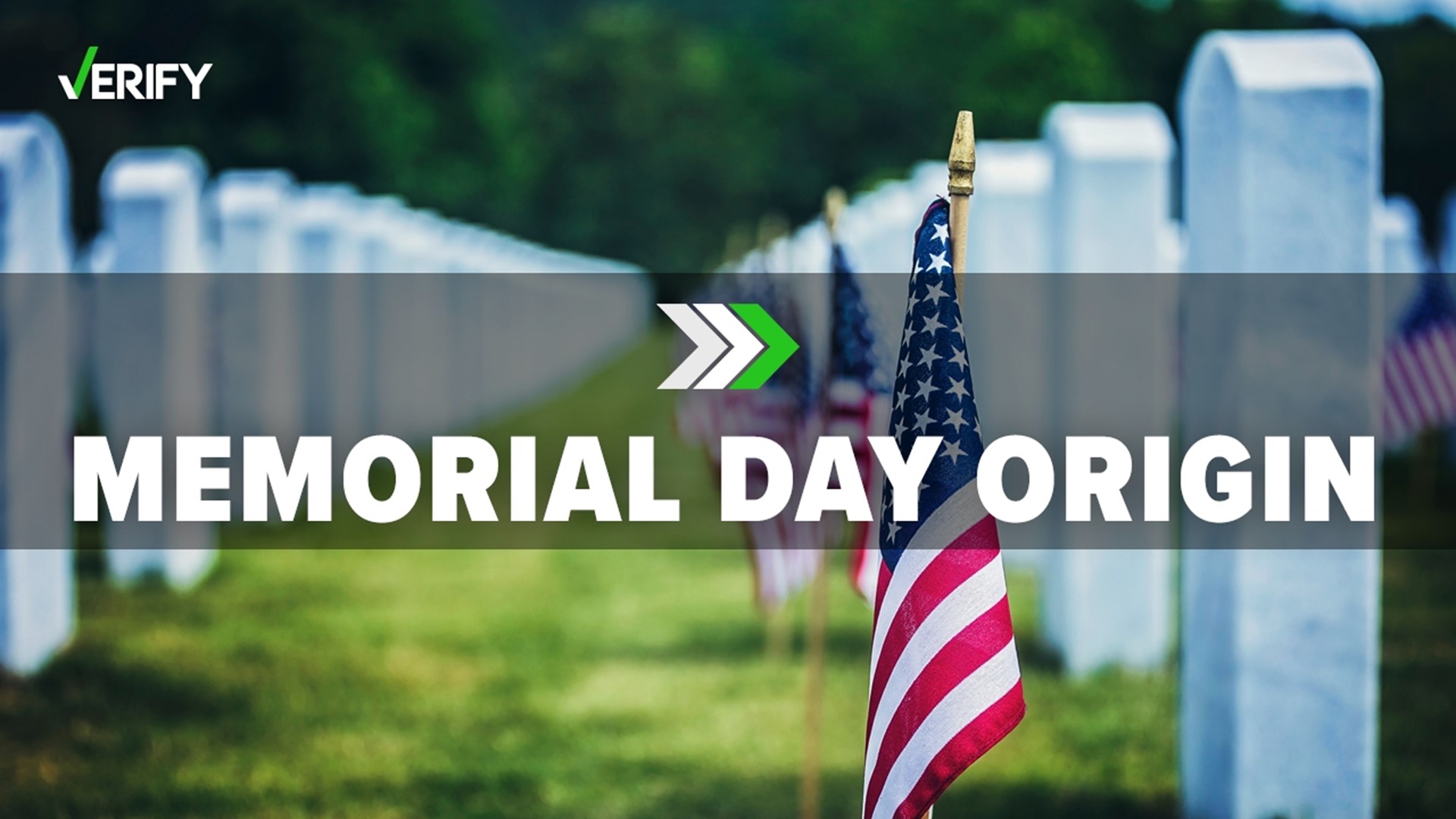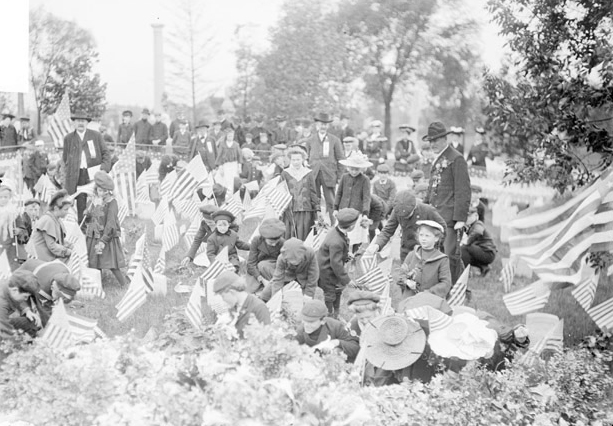Decoration Day to Memorial Day: The Historical Shift

Every year, Americans across the country take time to honor the sacrifices made by military personnel through a national holiday initially known as Decoration Day, which over time evolved into what we now call Memorial Day. This transition from Decoration Day to Memorial Day is not just a name change but reflects significant shifts in cultural practices, historical context, and national identity. This post explores this historical shift, detailing the transformation of this significant day of remembrance.
The Origins of Decoration Day

The roots of Decoration Day can be traced back to the aftermath of the American Civil War, a conflict that left the nation scarred and mourning for the vast number of fallen soldiers. Here are some key points about its origins:
- Initial Observances: Various towns claimed the first observance, but a notable event occurred in May 1865 when over 1,000 people, mostly newly freed slaves, reburied and honored Union soldiers in Charleston, South Carolina.
- Waterloo, New York: In 1866, Waterloo, New York, was recognized by the U.S. Congress and President Lyndon Johnson for holding the first formal Memorial Day on May 5, 1866, to honor local veterans.
- General John A. Logan's Proclamation: On May 30, 1868, Commander in Chief John A. Logan of the Grand Army of the Republic (GAR) officially proclaimed "Decoration Day" to be observed by decorating the graves of fallen soldiers with flowers. May 30 was chosen because flowers would be in bloom all over the country.
Transition to Memorial Day

The name “Memorial Day” gradually took over “Decoration Day,” reflecting broader changes in societal attitudes towards veterans and military service:
- World War Influence: As the Civil War memories faded and the two World Wars came to pass, the day evolved to honor all fallen American military personnel, not just those from the Civil War.
- Official Recognition: In 1966, Congress and President Lyndon B. Johnson declared Waterloo, New York, the birthplace of Memorial Day, and the name was officially changed to "Memorial Day" by an Act of Congress in 1967.
- Uniform Monday Holiday Act: In 1971, Memorial Day was moved from May 30 to the last Monday in May to create a three-day weekend, promoting travel, recreation, and, consequently, economic activity.
Changing Customs and Traditions

With the name change came shifts in how Memorial Day was observed:
- Parades and Ceremonies: Parades had become a common feature by the late 19th century, often starting with veterans marching, followed by community members honoring those who had died. Speeches, prayers, and moments of silence became standard practice.
- Graves Decorations: Initially, Decoration Day was about decorating the graves with flowers, but this evolved into a broader range of memorial activities, including flying the flag at half-staff until noon, laying wreaths, and maintaining the graves of service members.
- National Moment of Remembrance: Initiated in 2000, this is observed at 3 p.m. local time on Memorial Day, encouraging everyone to pause for a minute of silence.
Memorial Day Today

Today, Memorial Day embodies a blend of solemn remembrance and the start of summer festivities:
- Civic Events: Many communities still hold parades, speeches, and ceremonies, focusing on honoring the fallen.
- Recreational Activities: It marks the unofficial beginning of summer, with barbecues, picnics, and travel becoming an integral part of the long weekend.
- Commercial Aspect: Retail sales and promotions are now common, reflecting its evolution into a significant shopping event.
📅 Note: While Memorial Day has become associated with the start of summer vacations, its core purpose remains to honor those who made the ultimate sacrifice for their country.
As we reflect on the transformation from Decoration Day to Memorial Day, we see how deeply interwoven history and tradition are with American culture. This day, once solely dedicated to decorating the graves of Civil War dead, now serves as a comprehensive memorial for all American soldiers, a reminder of the cost of freedom, and an opportunity for communities to gather in remembrance.
Why was Memorial Day changed from May 30 to the last Monday in May?

+
The change was enacted by the Uniform Monday Holiday Act in 1971 to create a long weekend for federal employees, which would promote travel, recreation, and economic activity.
How can one participate in honoring veterans on Memorial Day?

+
Participation can include attending parades, visiting cemeteries, observing the National Moment of Remembrance, and supporting veterans’ organizations.
What’s the difference between Memorial Day and Veterans Day?

+
Memorial Day honors those who died while serving in the U.S. military, whereas Veterans Day celebrates all who have served in the military, living or deceased.



